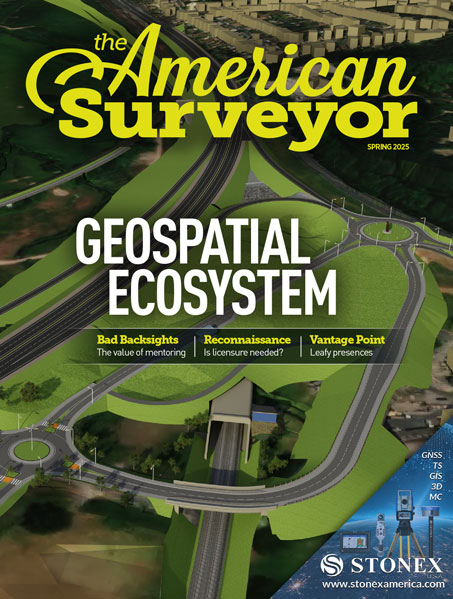Connected Nation Uses GIS to Identify State Broadband Coverage Gaps
Redlands, California—July 15, 2009—Broadband coverage maps created with geographic information system (GIS) technology are providing a competitive advantage during the funding application process for $4 billion in broadband grants and loans available through the U.S. American Recovery and Reinvestment Act (ARRA). The maps are produced with the help of Connected Nation, a nonprofit corporation, using ArcGIS technology from ESRI. Several states already have the maps in hand to provide applicants with strong, detailed support for their cases.
Connected Nation develops broadband landscape maps that identify areas with broadband service gaps and has worked with seven states (Kentucky, Ohio, Minnesota, North Carolina, South Carolina, Tennessee, and West Virginia), with others under development. The maps use ArcGIS technology to combine service data from broadband providers with household demographic information to create a complete picture of current broadband coverage gaps and development potential at the street, household, and census block levels. ESRI’s Web-enabled ArcGIS Server makes it possible to share interactive maps on the Internet, which gives service providers, businesses, and consumers a way to easily access the broadband coverage information. Connected Nation also offers a telephone hotline for consumers without Internet access. Having served as the archetype for the Broadband Data Improvement Act state initiative grant program, Connected Nation’s proven programs are seamlessly aligned with the goals and guidelines of ARRA.
“States that use GIS to create coverage maps have the data in a format that can easily be integrated into their broadband network expansion plans and grant requests,” said Randy Frantz, ESRI telecommunications and location-based services industry solutions manager. “These states will have a competitive advantage in demonstrating need during the funding application process.”
Application submissions for the first of three rounds of funding are open now and close August 14, 2009. Public and private entities will compete for more than $4 billion in federal funds, which will be dispersed in the form of grants and loans to build and expand broadband infrastructure, public computing centers, and sustainable broadband adoption programs. Federal funds are also available for states to create and maintain GIS broadband maps. Connected Nation is working with a number of states to apply for mapping funds.
“I am happy to join the state’s broadband providers and Connect North Carolina to put North Carolina on the fast track with the broadband inventory map,” said North Carolina Representative Bill Faison during the July 2009 release of that state’s broadband inventory map. The Connect North Carolina map contains data from more than 30 broadband providers and should provide key support for the state’s application process.
For more information on using GIS for broadband coverage mapping, write telecominfo@esri.com or visit www.connectednation.org.
About Connected Nation
Connected Nation is a national nonprofit 501(c)(3) organization that expands access to and use of broadband Internet and the related technologies that are enabled when individuals and communities have the opportunity and desire to connect. Connected Nation effectively raises the awareness of the value of broadband and related technologies by developing coalitions of influencers and enablers for technology deployment and adoption. Connected Nation works with community stakeholders, states, and technology providers to develop and implement technology expansion programs with core competencies centered around a mission to improve digital inclusion for people and places previously underserved or overlooked.
About ESRI
Since 1969, ESRI has been giving customers around the world the power to think and plan geographically. The market leader in GIS, ESRI software is used in more than 300,000 organizations worldwide including each of the 200 largest cities in the United States, most national governments, more than two-thirds of Fortune 500 companies, and more than 7,000 colleges and universities. ESRI applications, running on more than one million desktops and thousands of Web and enterprise servers, provide the backbone for the world’s mapping and spatial analysis. ESRI is the only vendor that provides complete technical solutions for desktop, mobile, server, and Internet platforms. Visit us at www.esri.com.
